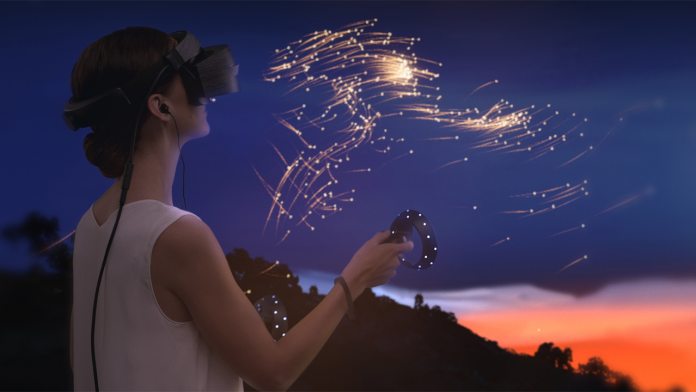Recent examples include Life is Strange 2, Sea of Thieves, Spyro Reignited, and many more. In short, it’s utilized by big developers across the world, as well as smaller Indie companies. The Windows Mixed Reality support includes HP Mixed Reality and Samsung Odyssey, with only one restriction. Users will have to be on the Windows 10 April 2018 update or later to utilize the support.
Extended Magic Leap, Oculus Support
As well as Microsoft’s efforts, Unreal Engine 4.21 further supports Oculus and Magic Leap. Unreal Engine now fully supports Magic Leap’s Lumin-based devices, including gestures, audio, controllers, and more. It also supports Oculus Avatars via the Oculus Avatar SDK. This helps developers with first and third-person hand and body models, with configs pulled from Oculus Home. The idea is to provide users with consistency across applications, much like the Nintendo Wii’s Miis. As well as VR, 4.21 adds the latest SDK releases from Visual Studio, Steam VR, PS4, Xbox One, and more. It also adds a number of new features, including sequencer audio bakedown, static mesh processing, and Niagra effects for the Nintendo Switch. You can read the full patch notes on the official blog.




